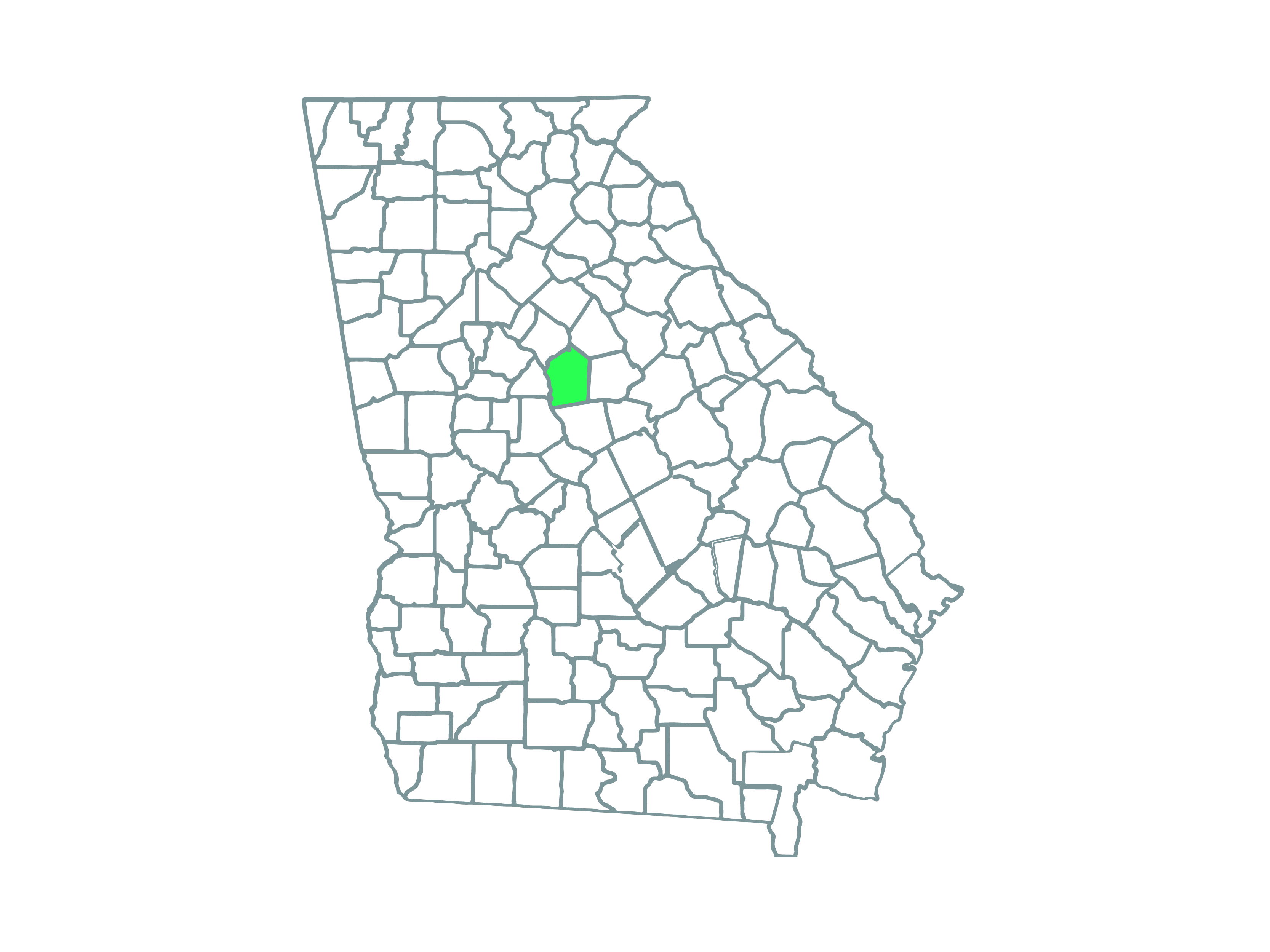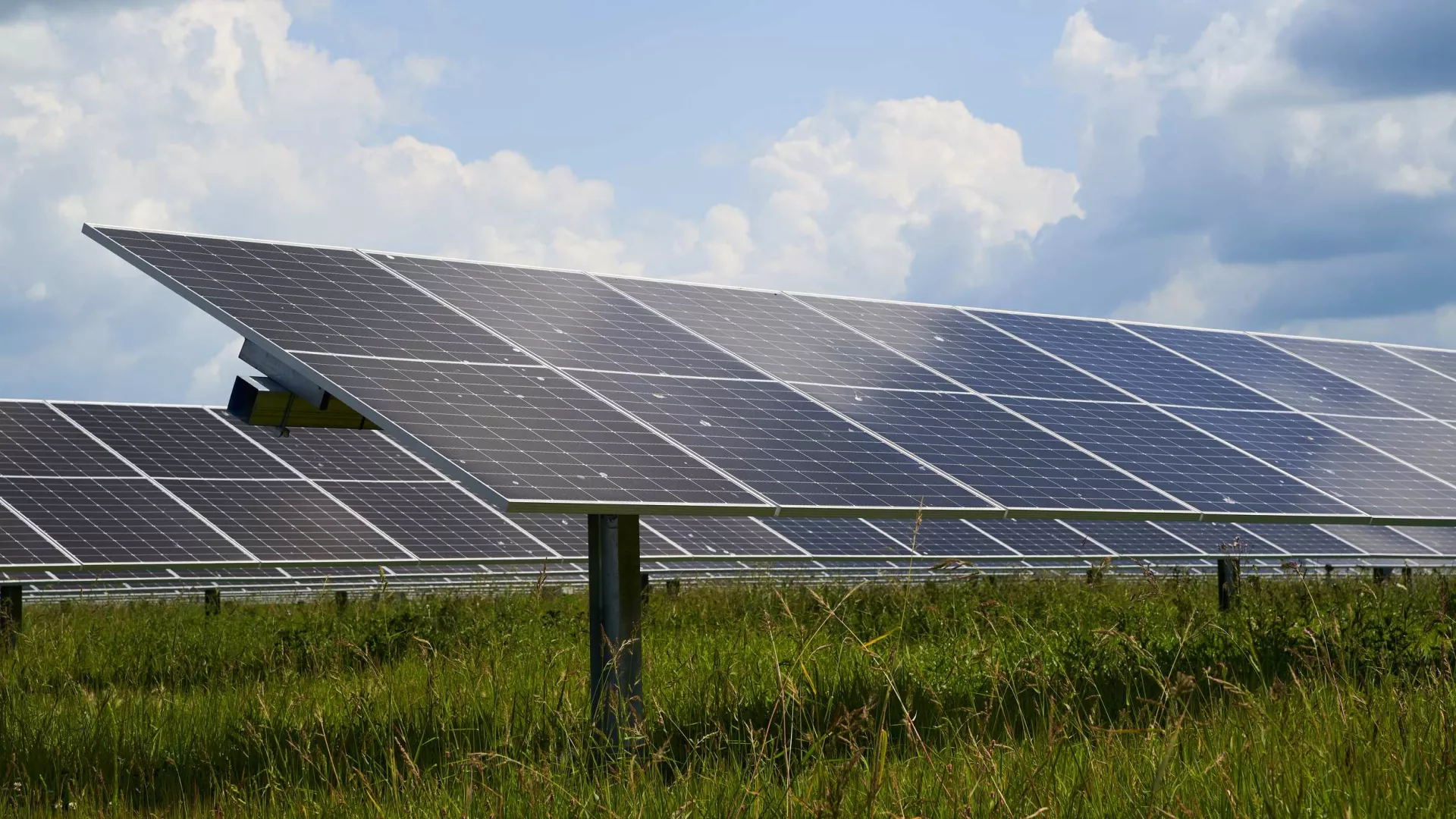
Shy Place Solar Park
Project overview
Shy Place Solar Park would be a solar power generation facility that would provide affordable, reliable energy to the community of Monticello. The solar park would be located in Jasper County, Georgia and would complement the area’s rural landscape.
Economic benefits
Renewable energy technology
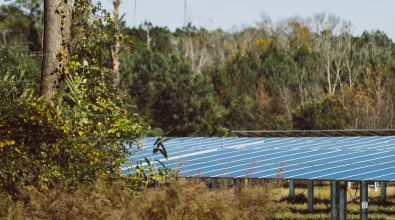
Energy security
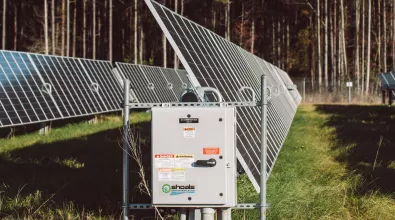
Solar as a neighbor
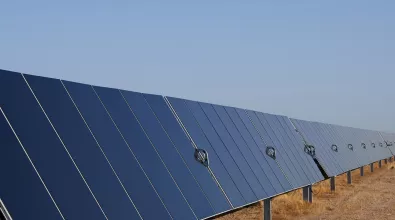
Solar panel technology
Shy Place Solar Park’s Frequently Asked Questions
Read through the responses below to some of the more common questions we’ve heard about Shy Place Solar Park, solar in general, and EDP Renewables. You can also check out the posters from the two Open Houses we hosted in October for more information. If you still have an unanswered question, please feel free to contact the project team at landon.redmon@edp.com or info@edpr.com.
- This is a proposed solar photovoltaic project, which would consist of solar panels mounted on piles, the associated collection lines, inverters, and a substation. Battery storage is not a part of this project. Battery banks will not be present.
- EDP Renewables would be the long-term owner-operator of the project, as we are for more than 70 renewable power projects across North America.
- We have leased 2,900 acres of private property, which includes all of the land we may need for infrastructure beyond just panels, such as setbacks, access roads, and underground transmission. Approximately 1,000 acres of that would remain timberland.
- It would be approximately 2,000 acres inside the fence, and even that is not edge-to-edge panels. The rows of panels are several feet apart from one another and surrounded by setbacks and vegetative buffers, so it looks a lot more like green space than one might expect.
- With the project, there will be permanent wildlife corridors for the wildlife to move through. While the specifics of the site layout are still unknown, we do know that the final layout will be comprised of smaller islands of fenced panel areas, not one single contiguous block of fenced panels. This means a highly permeable layout with minimal impact on wildlife movement. We will also be largely avoiding areas with existing wetlands, rivers, or other waterways, leaving wildlife undisturbed there.
- We are consulting with state and federal wildlife agencies on our project siting and design considerations.
The primary benefit for the surrounding residents is the significant increase to the tax base this project would provide to strengthen County-funded local services such as roads, schools, and law enforcement, while not bringing added strain onto those same resources.
As we have stated at our open houses and the town hall, we have not yet had any discussions with Jasper County or the Development Authority about taxes. We do not know what the final tax structure will be. We are certain it will be millions.
- Examples of tax payments we are making in other states for other operating projects:
- Riverstart Solar Park (Randolph County, IN) – 200 MW
- Paid $1.4 million+ to local governments through 2023 since it began operating in 2022.
- Cameron, Estill, and Hampton Solar Parks (SC) – 60 MW
- Paid $3.3 million+ through 2023 since operations began in 2017.
- Riverstart Solar Park (Randolph County, IN) – 200 MW
Compared to other potential developments that could come to a community to expand its tax base with needed local revenue, a solar park has a much lower impact than potential alternatives, such as housing developments, factories, or distribution centers.
Once operating, solar parks are quiet, odorless, and manned by a small crew of local employees, meaning no new traffic or disruption. This site, in particular, will be almost entirely surrounded by existing hardwood trees, obscuring it from view.
As we’ve stated, we do not yet know what our tax structure will look like but we are certain it will be millions. There are multiple potential scenarios where depreciation would be irrelevant to the amount paid annually by the project into the local tax base, such as a Payments in Lieu of Taxes (PILOT) agreement or an Internal Revenue Bond (IRB). In structures like these, the County would have the flexibility to guarantee the tax payments at a rate of their choosing, including steadily through the life, more up front,or more in later years. Whatever the final tax structure looks like, it would be designed by and agreed upon by the County officials.
- That would be exceedingly unlikely. The renewables industry has consistently grown for decades, continuing to do so through administrations on both sides of the aisle, including substantial growth under Trump’s first term. Renewable energy investment has also largely benefitted the economies of politically red states. Sixteen sitting Republican members of Congress specifically asked the Speaker of the House Mike Johnson not to repeal the Inflation Reduction Act because of the significant economic boost it has fueled in their districts.
- It comes down to renewable energy making good financial sense regardless of the administration –wind and solar power rank among the least expensive sources of energy available, competitive with natural gas and generally cheaper than coal and nuclear. The other commercially attractive trait for renewables is the ability for power purchasers to be locked into set power prices for a 10-year-plus contract since the "fuel" – the wind and sun – are free and the rest of the expenses are largely upfront. For a utility or a commercial & industrial business to know how much they will be paying for power 10 years out is a big deal, and that unique certainty makes renewables in demand, driving its continued growth.
- Lastly, electricity demand is growing at an unprecedented rate. If electricity generation does not grow as much, overall economic development could be in serious jeopardy. In this context, hindering renewables would harm the economy and be politically unpopular.
- We do receive government subsidies for the projects, but only after they have already been built. All forms of energy receive incentives from the government, and fossil fuels have enjoyed significantly more in subsidies than renewables historically. The energy industry – not just renewables - is heavily subsidized by the U.S. and state governments because energy security is so important for the country. Other industries like nuclear, gas, and coal receive tax benefits and subsidies that we do not. And tax credits that we receive for building projects drive down the overall cost of electricity, which is something that benefits everyone and the American economy.
EDPR solar parks are typically required to submit a “Restoration and Financial Assurance Plan” as part of the state or county permitting process outlined in their local ordinance. If Jasper County were to modify their ordinance to include solar parks, we would expect this to be a part of it. The plans typically contain a detailed assessment of what it will take to remove the project and recycle or safely dispose of its components, as well as financial assurances in an amount equal to the cost estimate for decommissioning the project.
As required by our lease agreements (and in many jurisdictions, the local ordinances), after a project is decommissioned, the equipment would be removed and the land can return to its original use, including farming, ranching, or recreation.
Regarding unplanned, early project ending such as bankruptcy:
This is an extremely unlikely scenario because EDPRNA and its parent company EDP are large stable companies with a long track record of success. If that unlikely event were to occur, you have legal protections and practical protections. Each solar park constitutes a large upfront investment. The payoff for that investment occurs by operating the project over many years to recoup the cost of construction and eventually earn a profit. Because most of the costs are upfront, the projects retain a substantial value and would likely be acquired by another power company that can continue the project and continue the revenue stream without having to incur all of the upfront costs.
It is also possible, in a worst-case scenario, the project would have to be shut down. Even in this situation, the land has protections. The lease we have with the participating landowner contains requirements regarding the removal of equipment and restoration of the land. It also requires we post either a bond, letter of credit, or cash fund, updated every 10 years to perform the removal and restoration required in the lease, even if EDPR NA was not able to complete that work directly, such as in this hypothetical scenario. Additionally, Georgia House Bill 300 requires we revisit the amount at 20 years and then follow up with updates every 5 years thereafter.
The permits we receive through local/state/federal agencies often have requirements regarding removal, restoration, and financial security in addition to what the lease requires. The permit framework is still being determined here, but we anticipate this being a part of it. The financial security under the leases and the permits provides a source of funds so that the landowner can get the equipment off of the property and move on without EDPRNA.
EDPR has a strong track record of compliance with environmental regulations. We utilize a third party compliance monitoring program at all of our construction projects to ensure compliance with regulations, such as stormwater management, throughout the entire construction period. Retention ponds are often used interchangeably with detention basins; both are best management practice intended to slow and provide a capture opportunity for any potential stormwater runoff post-rain events. Detention basins are being considered for the project; they are not intended to contain standing water and, in many cases, can be vegetated to provide added ecological value. Once the site is stabilized following construction activities, it is anticipated that runoff will be minimal and most water that could accrue in basins would already be absorbed through the natural vegetative cover under the panels. Stormwater management is strictly regulated by Georgia Environmental Protection Department and we will ensure compliance with those regulations which require the need for stormwater management features as part of facility design and construction.
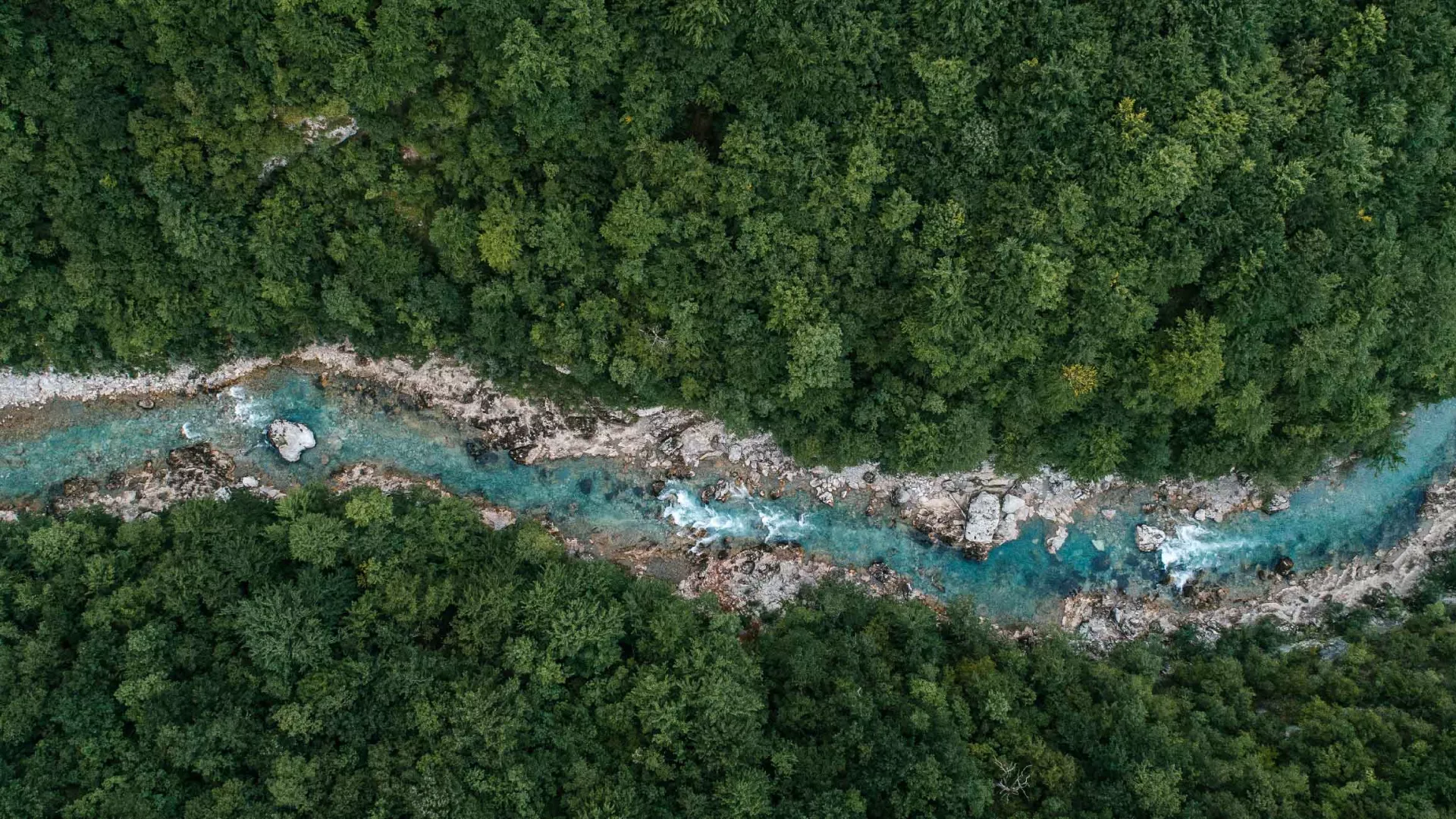
317 million gallons of water saved each year
Contact Us
Corporate Headquarters
1501 McKinney Street, Suite 1300
Houston, TX 77010
346.646.2081
landon.redmon@edp.com
